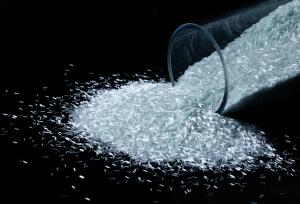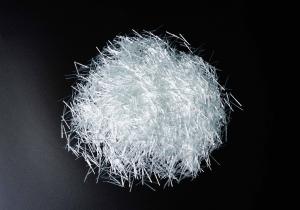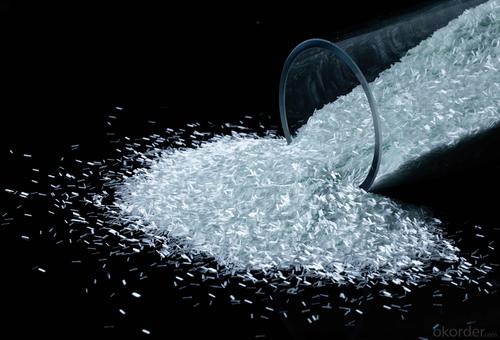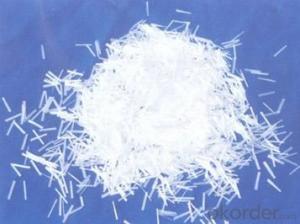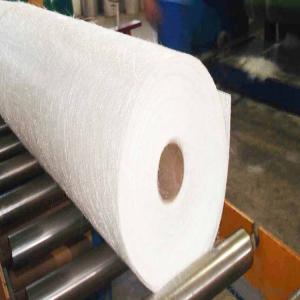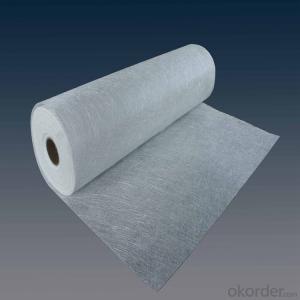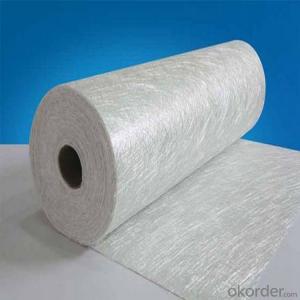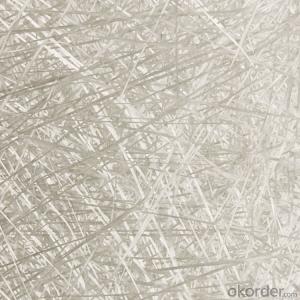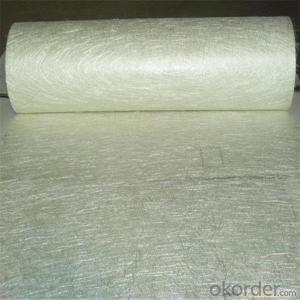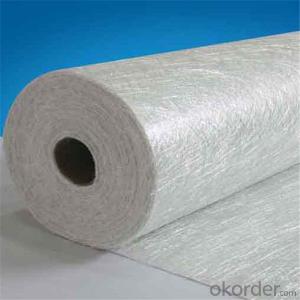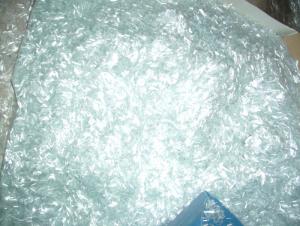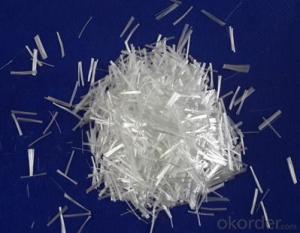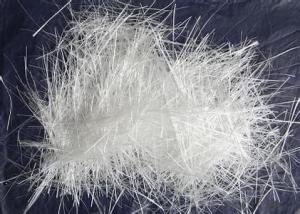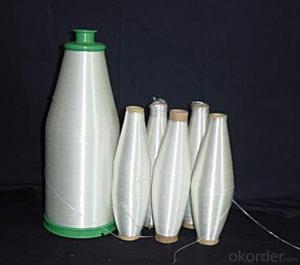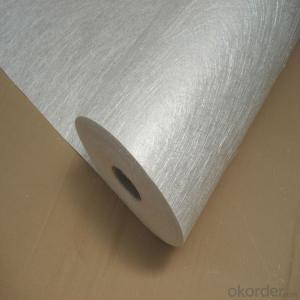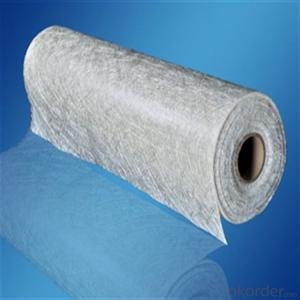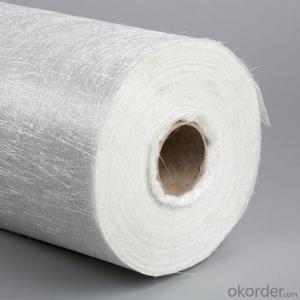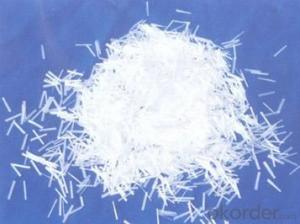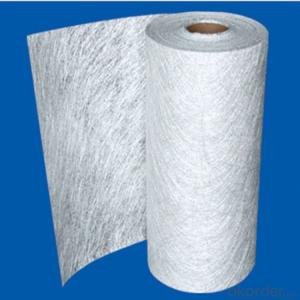558 E Glass Fiber Chopped Strands For BMC
- Loading Port:
- Shanghai
- Payment Terms:
- TT or LC
- Min Order Qty:
- 1000 kg
- Supply Capability:
- 1000000 kg/month
OKorder Service Pledge
OKorder Financial Service
You Might Also Like
558 Chopped Strands
558 Chopped Strands are specifically designed to reinforce phenolic resin. They are coated with a silane-based sizing and have excellent dry flowability and strand dispersion. 558 are designed for use in the compression molding process to manufacture automobile brake shoe facings, clutch facings, and friction plates.
Product Features:
·Good strand integrity and low static
·Low fuzz and good flowability
·Fast and uniform distribution in resins and good processing properties
·Good mechanical properties
Technical Parameters:
Item | Filament diameter variation | Moisture content | Sizing content | Chopped length variation | Choppability |
Unit | % | % | % | mm | % |
Test menthod | ISO 1888 | ISO 3344 | ISO 1887 | Q/JS J0361 | Q/JS J0362 |
Standard range | ± 10 | ≤ 0.07 | 0.85 ± 0.15 | ± 1.00 | ≥ 99.00 |
Typical chopped length (mm):3mm,4.5mm,6mm,12mm
Instructions:
·The product is best used within 12 months after production, and should be kept in the original package before use.
·Care should be taken when using the product to prevent it from being scratched or damaged.
·The temperature and humidity of the product should be conditioned to be close or equal to the ambient temperature and humidity before use, and the ambient temperature and humidity should be properly controlled during the use.
Packaging:
The product can be packed in container bags or woven bags:
- A container bag can hold 900kg~1200kg of products, with the standard weight being 1000kg.
- A woven bag can hold 15kg~30kg of products, with the standard weight being 25kg.
Container bag size:
Length mm(in):990 (38.98)
Width mm(in) :990 (38.98)
Height mm(in) :1100 (43.31)
Woven bag size:
Length mm(in):850 (33.46)
Width mm(in) :500 (19.69)
Height mm(in) :120 (4.72)
Storage:
Unless otherwise specified, the fiberglass products should be stored in a dry,cool and moisture-proof area.The best temperature and humidity should be maintained at -10℃~35℃ and ≤80% respectively. To ensure safety and avoid damage to the product, the pallets should be stacked not more than three layers high. When the pallets are stacked in two or three layers, special care should be taken to correctly and smoothly move the upper pallet
- Q: Can fiberglass chopped strand be used in the production of wind turbine components?
- Fiberglass chopped strand is indeed applicable for the production of wind turbine components. It is widely employed as a reinforcement material in the manufacturing of composite materials, including those utilized in wind turbine components. This material lends strength, durability, and exceptional mechanical properties to the final product. Generally, the chopped strand is mixed with a resin matrix and subsequently shaped or molded into the desired form, such as blades or nacelles, for wind turbines. The resulting composite material boasts a high strength-to-weight ratio, corrosion resistance, and fatigue resistance, making it highly suitable for the demanding operating conditions of wind turbines. Furthermore, fiberglass chopped strand can be easily customized to meet specific performance requirements, such as enhanced stiffness or improved impact resistance, based on the particular application. All in all, fiberglass chopped strand proves to be a versatile and efficient material for the production of wind turbine components.
- Q: How does the fiber dispersion uniformity of fiberglass chopped strand affect the quality of composites?
- The quality of composites is significantly influenced by the uniformity of fiber dispersion in fiberglass chopped strand. Fiber dispersion refers to how the individual glass fibers are evenly distributed within the composite material. To achieve optimal mechanical properties and overall performance, it is essential to have uniform fiber dispersion. When the chopped strands are evenly dispersed, they provide consistent reinforcement throughout the material. This leads to improved strength, stiffness, and durability. The uniformity ensures that the load is evenly distributed across the composite, minimizing the risk of weak spots or areas prone to failure. On the other hand, if the fiber dispersion is not uniform, it can result in various quality issues in the composites. Uneven distribution of fibers can create localized areas of high fiber concentration, causing stress concentrations and potential weak points. These weak points compromise the overall strength and structural integrity of the composite, making it more susceptible to cracking, delamination, and failure under load. Non-uniform fiber dispersion can also cause variations in the mechanical properties of the composite. Inconsistent reinforcement distribution leads to variations in stiffness, strength, and other mechanical characteristics across different regions of the composite. This lack of uniformity negatively impacts the predictability and reliability of the material, making it challenging to design and manufacture composite components with consistent performance. In conclusion, the fiber dispersion uniformity of fiberglass chopped strand is crucial for determining the quality and performance of composites. A uniform dispersion ensures even reinforcement distribution, resulting in improved mechanical properties and overall durability. On the other hand, non-uniform dispersion can lead to weak points, inconsistencies in mechanical properties, and reduced reliability of the composites. Therefore, maintaining a high level of fiber dispersion uniformity is essential for producing high-quality composites with consistent performance.
- Q: How does the fiber aspect ratio distribution of fiberglass chopped strand affect the properties of composites?
- The fiber aspect ratio distribution of fiberglass chopped strand plays a significant role in determining the properties of composites. The aspect ratio refers to the length-to-diameter ratio of the fibers. A more uniform aspect ratio distribution results in improved mechanical properties, such as increased strength and stiffness, as well as enhanced resistance to crack propagation. This is because fibers with a higher aspect ratio provide better reinforcement and load transfer within the composite matrix. Additionally, a narrower aspect ratio distribution can enhance the uniformity of the fiber dispersion, leading to better overall performance and more predictable material behavior.
- Q: Can fiberglass chopped strand be used in insulation applications?
- Indeed, insulation applications can make use of fiberglass chopped strand. Due to its exceptional thermal resistance properties, fiberglass chopped strand is frequently employed as a material for insulation. Its structure adeptly captures air pockets, effectively diminishing heat transfer and sustaining a consistent temperature within the insulated area. Moreover, the lightweight, durable, and moisture-resistant nature of fiberglass chopped strand insulation renders it appropriate for various insulation needs. Whether it is for residential structures, commercial establishments, or industrial facilities, fiberglass chopped strand insulation offers a reliable solution for thermal insulation demands.
- Q: Can fiberglass chopped strand be used to reinforce concrete?
- Yes, fiberglass chopped strand can be used to reinforce concrete. When added to concrete mixtures, the chopped strands provide additional tensile strength, impact resistance, and durability to the concrete. The fiberglass strands act as a reinforcement material, helping to control cracking and improve overall structural integrity. This is particularly useful in applications where concrete may be subjected to heavy loads or extreme environmental conditions. Additionally, fiberglass chopped strand is lightweight and corrosion-resistant, making it an ideal choice for concrete reinforcement.
- Q: What are the typical end-use industries for fiberglass chopped strand composites?
- The typical end-use industries for fiberglass chopped strand composites include automotive, aerospace, construction, marine, wind energy, and electrical applications.
- Q: How does the fiber density of fiberglass chopped strand affect its performance?
- The performance of fiberglass chopped strand is heavily determined by its fiber density, which refers to the number of fibers per unit volume. Several key properties of the fiberglass material are directly affected by fiber density. To begin with, the mechanical strength of the fiberglass is influenced by fiber density. When the fiber density is higher, there is a greater dispersion of fibers throughout the material, resulting in improved tensile strength, flexural strength, and impact resistance. In practical terms, fiberglass with higher fiber density can withstand higher loads and stresses without breaking or deforming. Additionally, fiber density plays a role in the dimensional stability of the fiberglass. Fiberglass with higher fiber density exhibits lower rates of shrinkage and expansion, ensuring that the material retains its shape and dimensions even under varying temperature and moisture conditions. This characteristic is particularly crucial in applications where precise dimensions and stability are necessary. Moreover, fiber density affects the thermal and electrical conductivity of the fiberglass. A higher fiber density increases the material's ability to conduct heat and electricity. This is advantageous in applications where heat dissipation or electrical conductivity is desired, such as in circuit boards or heat-resistant components. Furthermore, fiber density has an impact on the surface finish and appearance of the fiberglass. Typically, a higher fiber density results in a smoother surface finish, making it easier to paint or coat the material. This is essential in applications where aesthetics and appearance play a significant role, such as in automotive or architectural components. In conclusion, the fiber density of fiberglass chopped strand has a significant impact on its performance. Higher fiber density improves mechanical strength, dimensional stability, thermal and electrical conductivity, as well as surface finish. Therefore, when selecting fiberglass for various applications, fiber density is a critical parameter to consider.
- Q: What are the advantages of using fiberglass chopped strand in construction?
- There are several advantages of using fiberglass chopped strand in construction. Firstly, fiberglass is highly versatile and can be molded into various shapes and sizes, allowing for flexibility in design and construction. It is also lightweight, making it easier to handle and transport. Additionally, fiberglass is known for its high tensile strength, providing structural integrity and durability to the finished product. It is resistant to corrosion, rot, and pests, making it a long-lasting material. Furthermore, fiberglass offers excellent insulation properties, both thermal and acoustic, enhancing energy efficiency and providing a comfortable living or working environment. Overall, the use of fiberglass chopped strand in construction offers numerous benefits, making it a popular choice among builders and architects.
- Q: What are the thermal expansion properties of fiberglass chopped strand?
- Certain thermal expansion properties are exhibited by fiberglass chopped strand. When exposed to heat, it tends to expand. The extent of expansion relies on factors like the composition of the fiberglass, the temperature range, and the length of the chopped strand. In general, fiberglass chopped strand has a relatively low coefficient of thermal expansion. This implies that it expands at a slower rate compared to other materials when subjected to temperature changes. The low coefficient of thermal expansion renders fiberglass chopped strand a suitable material for applications where dimensional stability is crucial, such as in the construction of composite materials, thermal insulations, and automotive components. However, it is important to note that the specific thermal expansion properties may vary depending on the manufacturer and the specific product formulation. Therefore, it is recommended to consult the manufacturer's technical data sheet or conduct tests to determine the exact thermal expansion properties of a particular fiberglass chopped strand product.
- Q: Can fiberglass chopped strand be used in electrical grounding applications?
- No, fiberglass chopped strand should not be used in electrical grounding applications. Fiberglass is a non-conductive material, meaning it does not conduct electricity. In electrical grounding applications, a conductive material is required to ensure the safe dissipation of electrical charges. Copper or other metals are typically used for this purpose as they have good electrical conductivity.
Send your message to us
558 E Glass Fiber Chopped Strands For BMC
- Loading Port:
- Shanghai
- Payment Terms:
- TT or LC
- Min Order Qty:
- 1000 kg
- Supply Capability:
- 1000000 kg/month
OKorder Service Pledge
OKorder Financial Service
Similar products
Hot products
Hot Searches
Related keywords
